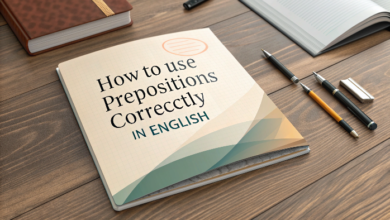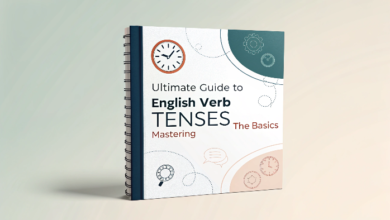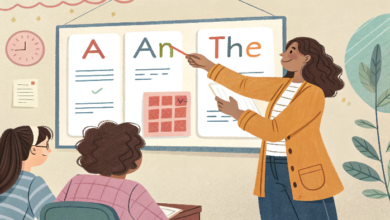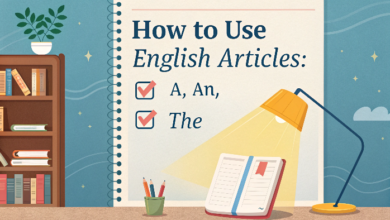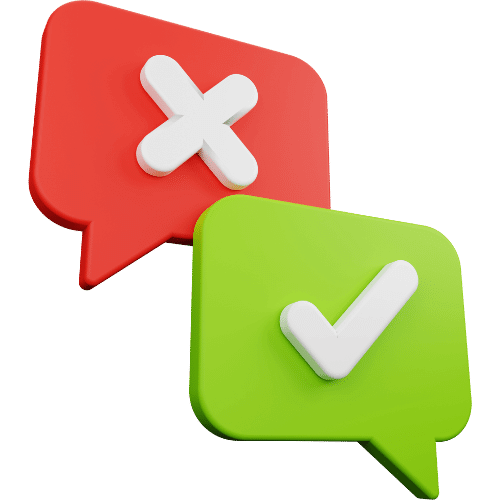Understanding English Pronouns: Personal, Possessive, Reflexive
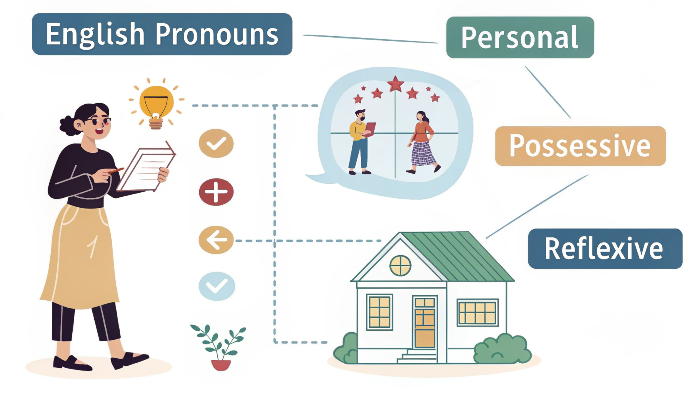
Understanding English Pronouns: Personal, Possessive, Reflexive
Pronouns are an essential part of English grammar. They help us avoid repetition and make sentences more concise and clear. There are various types of pronouns,
but in this article, we will focus on personal pronouns, possessive pronouns, and reflexive pronouns. By understanding how to use them correctly, you can improve both your written and spoken English.
What Are Pronouns
Pronouns are words that take the place of a noun in a sentence. They are used to avoid repeating the same noun multiple times. For example, instead of saying “John went to John’s house,” we use a pronoun: “John went to his house.”
Personal Pronouns
Personal pronouns are used to represent specific people or things. They change depending on the subject (who is doing the action) or object (who is receiving the action) of the sentence. They can be in the subject or object form, and they also have singular and plural forms.
Subject Form (Used as the subject of the sentence)
I: “I am going to the store.”
You: “You are my friend.”
He/She/It: “She is reading a book.”
We: “We are going to the movies.”
They: “They are playing football.”
Object Form (Used as the object of the sentence)
Me: “She gave the book to me.”
You: “I saw you at the park.”
Him/Her/It: “I saw him at the event.”
Us: “He invited us to the party.”
Them: “We met them yesterday.”
Possessive Pronouns
Possessive pronouns show ownership or possession. They replace a noun phrase and indicate that something belongs to someone. Possessive pronouns are used to avoid repeating the noun and indicate ownership.
Possessive Pronouns
Mine: “This book is mine.”
Yours: “Is this pen yours?”
His: “That car is his.”
Hers: “The red dress is hers.”
Its: “The cat is licking its paw.”
Ours: “This house is ours.”
Theirs: “The decision is theirs.”
Note: Possessive pronouns do not require an apostrophe (unlike possessive nouns, e.g., “John’s book”).
Possessive Adjectives (Confusing with Possessive Pronouns)
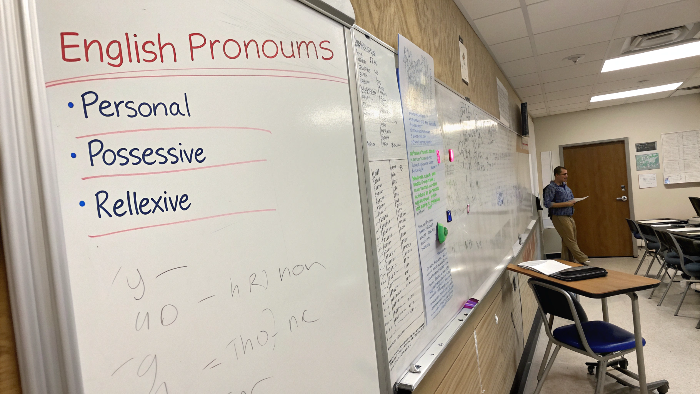
Possessive adjectives are used before nouns to show possession, but they are different from possessive pronouns. Here’s a comparison:
Possessive Adjective: “This is my book.”
Possessive Pronoun: “This book is mine.”
For more, go to the next page

